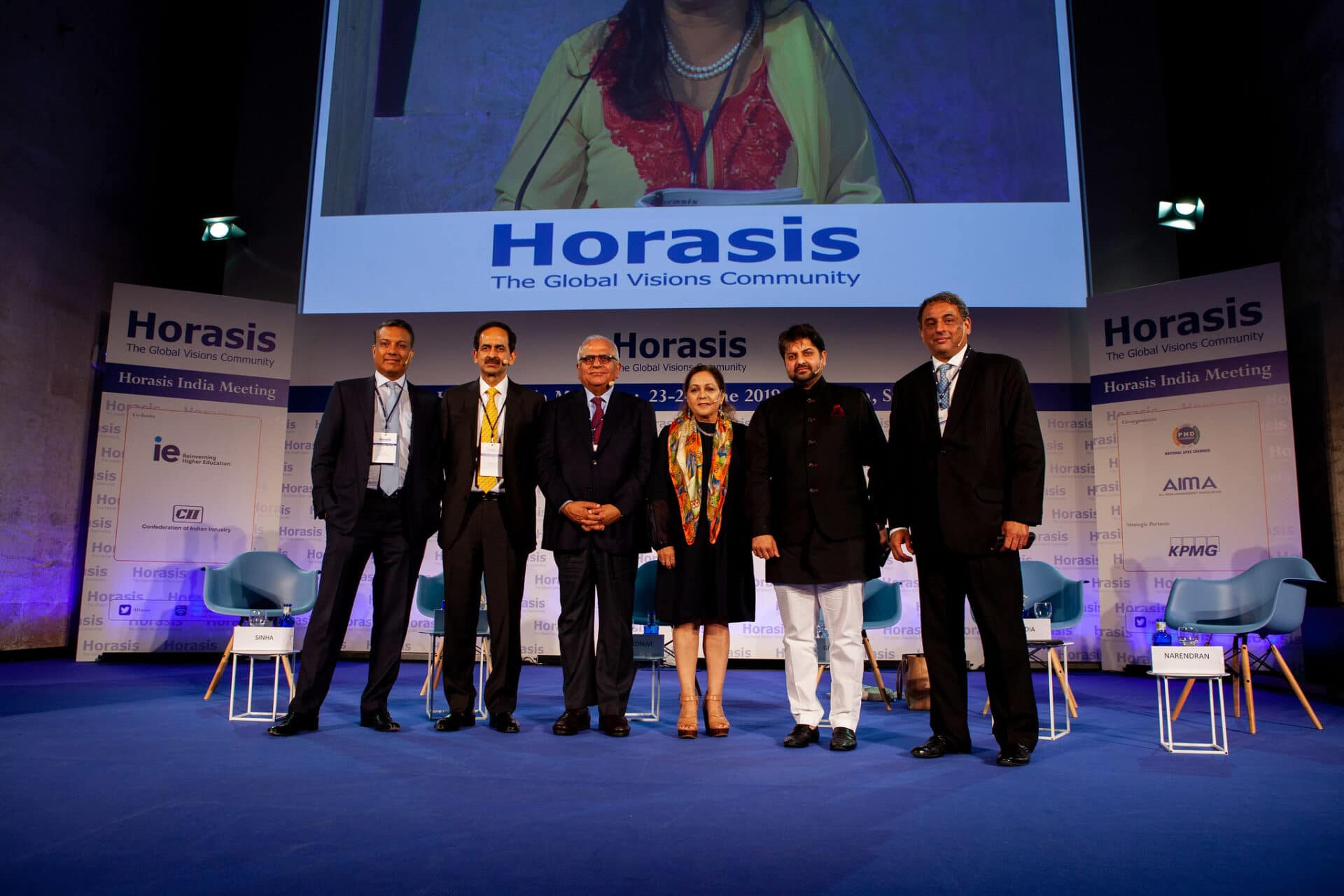The Future of Work: Getting the Right Balance
Work has changed over time. This is due to technological advancements, shifts in the global economy, and changes in social and cultural norms. Automation and digitalization have transformed many industries, replacing human labor with machines and algorithms. This has led to job displacement in some sectors, but has also created new opportunities for workers in other areas.
In recent years, we have also witnessed the rise of the gig economy – short-term contractual and freelance workers. This has enabled workers to have more flexible schedules and pursue multiple income streams, but has also led to concerns about job security and the erosion of labor protections.
As technology continues to advance, the demand for skilled workers has increased. Workers with expertise in areas such as data analytics, artificial intelligence, and cybersecurity are in high demand, while lower-skilled workers face greater challenges in finding employment.
This has given way to a peculiar problem wherein enterprises and governments are facing difficulties in finding the workforce to ensure business continuity.
Addressing Shortage of Labor
To maintain a steady stream of employees as older workers retire—ensuring continuity of operations and the transfer of institutional knowledge—organizations can do the following.
- Organizations can develop succession plans to identify and develop employees who have the potential to assume leadership roles and responsibilities as older workers retire.
- Organizations can implement knowledge management systems to capture and share the institutional knowledge of older workers, by developing tools and processes for documenting best practices, lessons learned, and other critical information that can help bridge the gap as older workers retire.
- Organizations can create flexible retirement policies that allow older workers to gradually reduce their hours or transition into part-time or consulting roles.
- Organizations can implement recruitment and retention strategies that target workers of all ages and backgrounds. This can include efforts to attract and retain younger workers who bring new skills and perspectives, as well as older workers who have valuable experience and expertise.
This is just one element of the ensuing dilemma shrouding the future of work globally. This concern is further exacerbated by declining birth rates and the rise of the silver tsunami (increase in older people).
Is Digitization the Answer?
Although digitization can help organizations cope with a growing lack of staff, it is not always sufficient on its own. While many tasks can be automated or digitized, some tasks still require human input. For example, tasks that involve creativity, critical thinking, or social interaction are near impossible to automate.
Everyone may not have access to the technology or skills required to use digital solutions effectively. While digitization can help automate certain tasks, it can also create new challenges, such as cybersecurity risks or data privacy concerns.
The right approach for organizations should be to consider a range of strategies, including recruitment, training, and retention strategies, to ensure they have the staff they need to meet their goals.
Is Immigration the Answer?
Immigration can be one answer to a growing shortage of workforce, as it can provide a source of new workers with the skills and expertise that are in demand. Immigration can provide access to new talent and expertise that may not be available locally.
Immigrants may also contribute to innovation and new business formation, stimulating economic growth by increasing consumer demand and supporting entrepreneurship.
Immigrants can also help meet changing labor market demands, by willing to work in certain industries or in specific geographic areas that are experiencing workforce shortages.
However, immigration is not a one-size-fits-all solution, and it can also create challenges and complexities. For example, there may be concerns about cultural integration, language barriers, and competition for jobs. Additionally, immigration policies can be politically sensitive and subject to change.
Public Acceptance Towards Immigration
Public opinion on immigration varies widely and can be influenced by a range of factors such as political ideology, economic conditions, and cultural attitudes. Some members of the public may view immigrants as a threat to their jobs, wages, or even access to social services. Others may see immigrants as a valuable source of labor that can fill critical workforce gaps.
Some members of the public may have concerns about the potential for immigration to increase crime or terrorism. Others may see immigrants as contributing positively to their communities.
It’s worth noting that opinions on immigration can be shaped by a range of factors, including political rhetoric, media coverage, personal experiences, and social networks. As such, it’s important to engage in open and respectful dialogue about immigration, and seek diverse perspectives and information sources when forming opinions on this complex issue.
Engineers work with medical robotic equipment.




